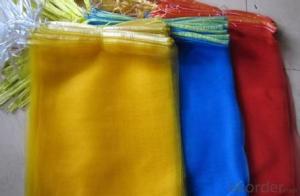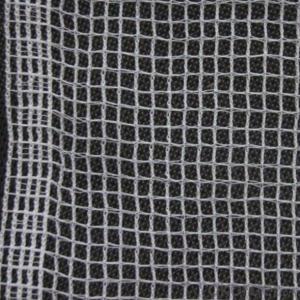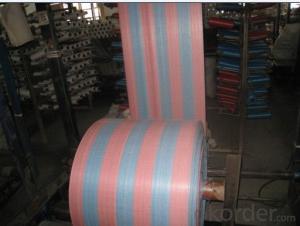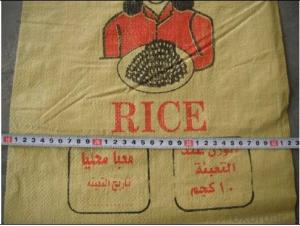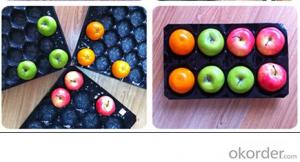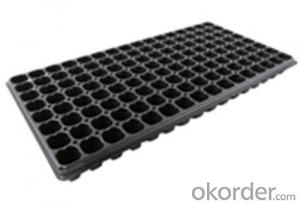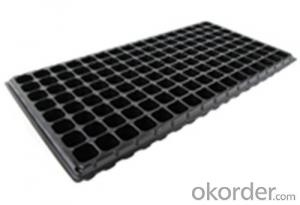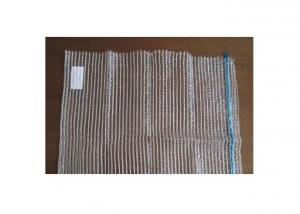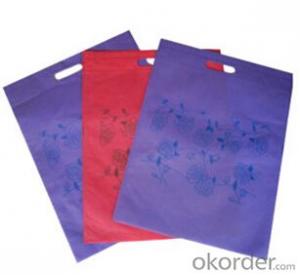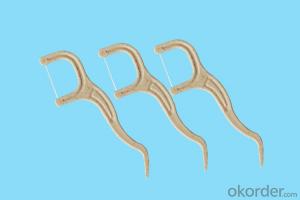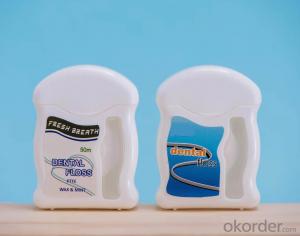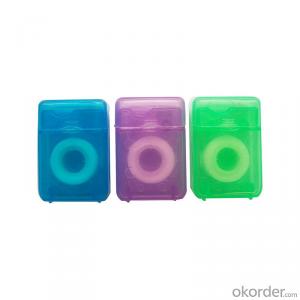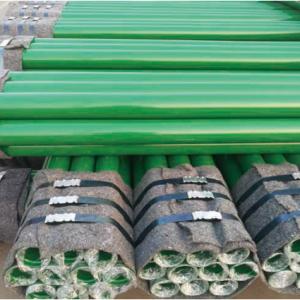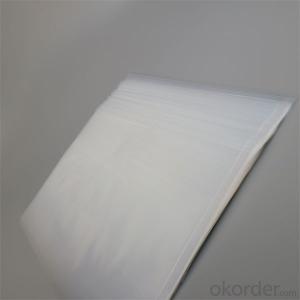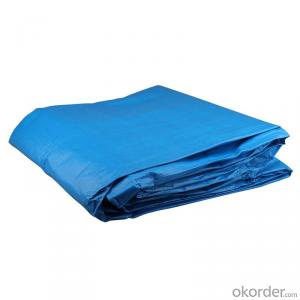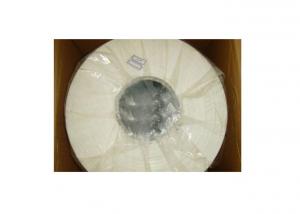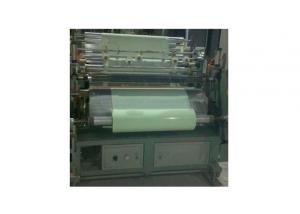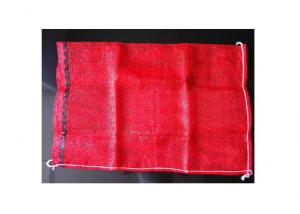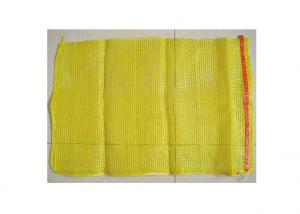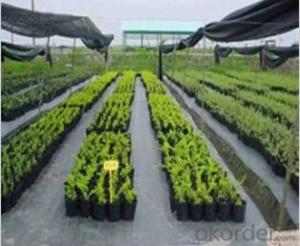Monofilament Vegetable Bag
- Loading Port:
- China Main Port
- Payment Terms:
- TT OR LC
- Min Order Qty:
- -
- Supply Capability:
- -
OKorder Service Pledge
OKorder Financial Service
You Might Also Like
Our PE net bag used for packing fruit,vegetables,wood,etc
Width:10---100cm
Lenth: as your request
Colors:all kinds of colors
Size/cm | Size/inch | Weight/pc | Color |
20*28 cm | 7.8″*11″ | 8g | Red |
24*30 cm | 9.4″*11.8″ | 10g | Green |
26*36 cm | 10.2″*14.2″ | 12g | Red |
32*50 cm | 12.6″*19.7″ | 19g | Yellow |
35*60 cm | 13.8″*23.6″ | 26g | Blue |
40*60 cm | 15.7″*23.6″ | 29g | Red |
red45*75 cm | 17.7″*29.5″ | 41g | Green |
50*80 cm | 19.7″*31.5″ | 46g | Yellow |
Specifications of mesh bag
1.Material:PE
2.Technic:monofilament,round silk
3.Size Width:10---100cm
Lenth: as your request
4.Normal Size:50x80,40x60,70x90 or as your request
5.Colors:all kinds of colors
6.Packing:2000pcs/bale,1000pcs/bale,CTN OR as your request
7.5-8tons/20FCL
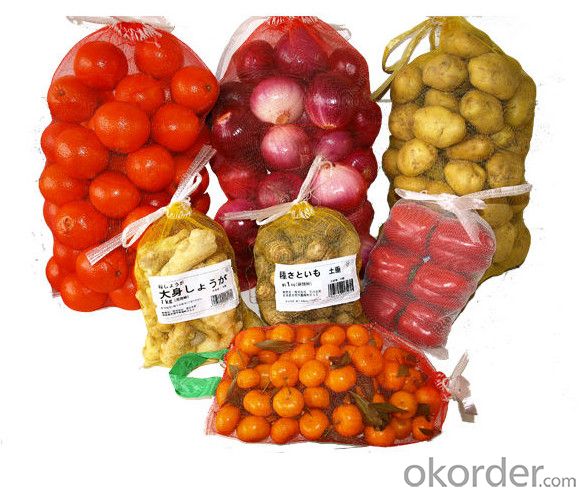
- Q:he always eats plastic containers. it doesn't do anything...just comes out his backside the next day lol. will it hurt him one day? he seems to enjoy it.......
- Plastic could be very dangerous to your dog. Shards can get into his stomach and intestines and tear them up. While you've been lucky so far, one of these days you're going to end up with a HUGE vet bill for surgery to repair the damage. Keep the plastic containers out of his reach and give him DOG toys to play with!
- Q:What are the different types of agricultural plastic mesh and fencing?
- There are various types of agricultural plastic mesh and fencing used in farming practices. Some common types include deer fencing, poultry netting, shade cloth, garden fencing, and trellis netting. These different types serve specific purposes, such as protecting crops from animals, providing shade or wind protection, and supporting plant growth.
- Q:How do you choose the right ground cover for your specific climate?
- To choose the right ground cover for your specific climate, it is important to consider a few key factors. Firstly, assess the average temperature range and weather conditions in your area. Some ground covers may be more suitable for hot and dry climates, while others thrive in colder or wetter regions. Additionally, consider the soil type and moisture levels in your garden, as certain ground covers may require specific soil conditions. Researching and consulting with local gardening experts or nurseries can also provide valuable insights on which ground covers are well-suited for your particular climate.
- Q:Are nursery trays suitable for starting a vegetable container garden?
- Yes, nursery trays can be suitable for starting a vegetable container garden. They provide a convenient and organized way to germinate seeds and grow seedlings before transplanting them into larger containers or directly into the ground. However, it is important to ensure that the trays have proper drainage holes and enough depth for the vegetables' root systems to grow.
- Q:How does plastic mulch film contribute to soil temperature regulation?
- Plastic mulch film contributes to soil temperature regulation by acting as a barrier that reduces the transfer of heat between the soil and the atmosphere. It helps to insulate the soil, preventing excessive heat loss during cool periods and reducing heat absorption during hot periods. This insulation effect helps to maintain a more stable and optimal soil temperature for plant growth, enhancing overall crop productivity.
- Q:What are the different thickness options available for agricultural plastic products?
- The thickness options available for agricultural plastic products can vary depending on the specific product and its intended use. However, common thickness options range from thin films measuring a few microns (µm) to thicker sheets or films measuring up to several millimeters (mm).
- Q:Do nursery trays come with a bottom tray for water drainage?
- Yes, nursery trays typically come with a bottom tray for water drainage.
- Q:Are nursery trays suitable for seedling propagation?
- Yes, nursery trays are suitable for seedling propagation. They provide a controlled environment for seed germination and early growth, with individual compartments that allow for proper spacing and root development. Additionally, nursery trays are designed to promote easy transplanting and are reusable, making them a practical choice for seedling propagation.
- Q:How can i make plastic molds like that? And what i need?
- Try okorder /
- Q:How do I sterilize a nursery tray?
- To sterilize a nursery tray, you can start by washing it thoroughly with hot, soapy water to remove any dirt or debris. After rinsing it well, you can soak the tray in a solution of one part bleach to ten parts water for about 10 minutes. Then, remove the tray from the bleach solution and rinse it thoroughly with clean water. Finally, allow the tray to air dry completely before using it again.
1. Manufacturer Overview |
|
|---|---|
| Location | |
| Year Established | |
| Annual Output Value | |
| Main Markets | |
| Company Certifications | |
2. Manufacturer Certificates |
|
|---|---|
| a) Certification Name | |
| Range | |
| Reference | |
| Validity Period | |
3. Manufacturer Capability |
|
|---|---|
| a)Trade Capacity | |
| Nearest Port | |
| Export Percentage | |
| No.of Employees in Trade Department | |
| Language Spoken: | |
| b)Factory Information | |
| Factory Size: | |
| No. of Production Lines | |
| Contract Manufacturing | |
| Product Price Range | |
Send your message to us
Monofilament Vegetable Bag
- Loading Port:
- China Main Port
- Payment Terms:
- TT OR LC
- Min Order Qty:
- -
- Supply Capability:
- -
OKorder Service Pledge
OKorder Financial Service
Similar products
New products
Hot products
Related keywords
